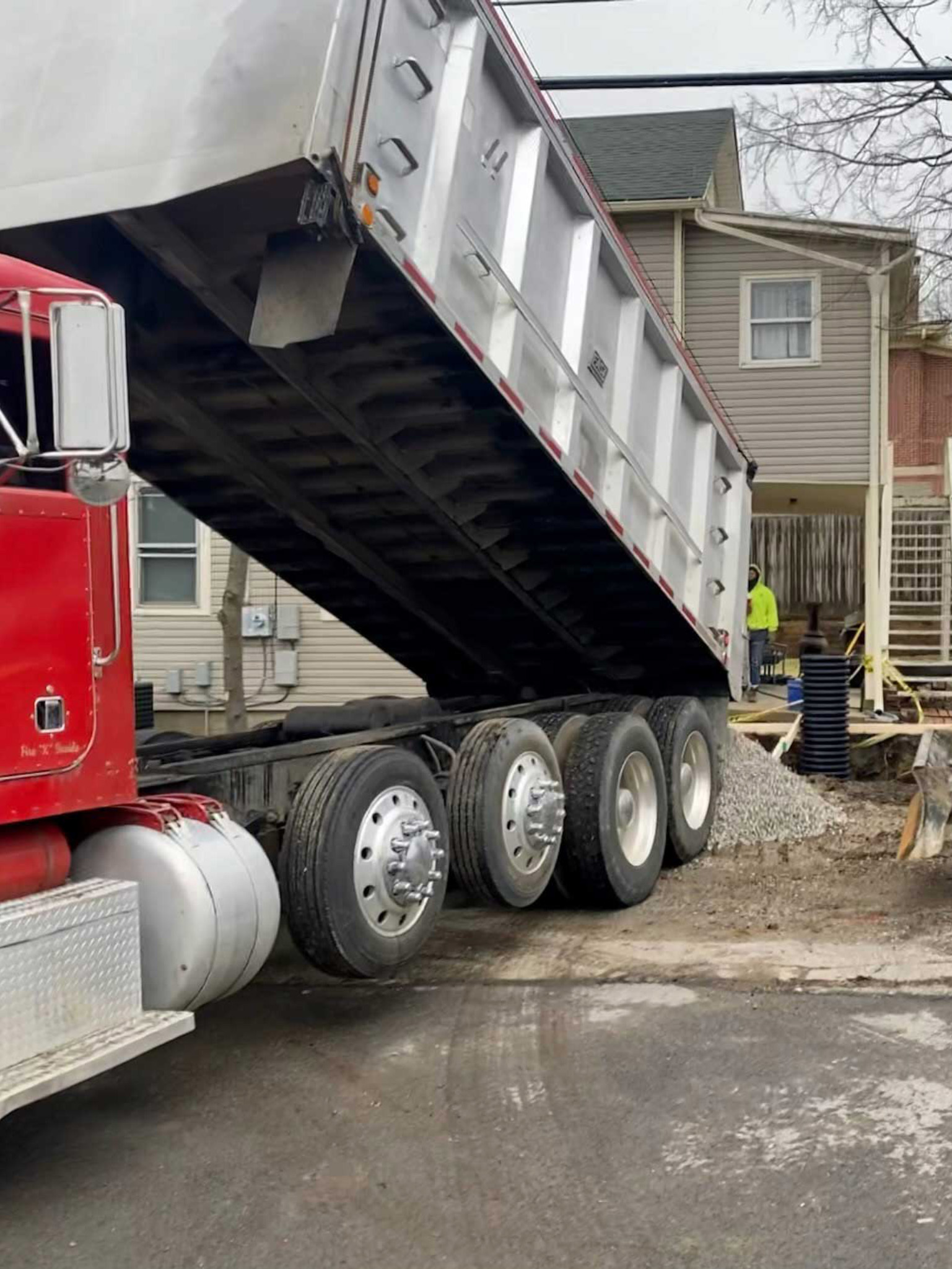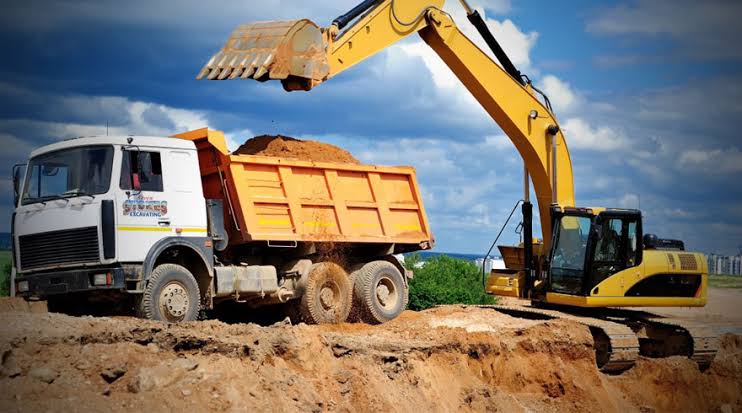Expert Septic Ohio - Relied On Septic System Specialists in Ohio
Expert Septic Ohio - Relied On Septic System Specialists in Ohio
Blog Article
Thorough Exploration: The Science Behind Superior Excavation Practices
From old hand tools to modern-day hydraulic excavators, the development of excavation methods has been a testimony to human resourcefulness and technical advancements. What absolutely establishes remarkable excavation methods apart is a deep understanding of geological concepts, coupled with the application of sophisticated tools and techniques.
Advancement of Excavation Methods
Throughout history, the advancement of excavation techniques has actually played a vital role ahead of time building techniques and historical discoveries. From the rudimentary tools utilized by our ancestors to the advanced machinery utilized in modern-day times, the development of excavation techniques has actually significantly transformed exactly how we come close to various projects.
In ancient times, hands-on labor with standard tools such as pickaxes, wheelbarrows, and shovels was the primary method of excavation. This labor-intensive process limited the depth and extent of excavations, often resulting in sluggish progression and restricted access to specific sites. As human beings advanced, so did the devices and techniques made use of for excavation.
The Industrial Transformation marked a transforming point in excavation methods with the intro of steam-powered machinery. In modern times, technology plays a pivotal function in excavation, with advancements like GPS systems, drones, and 3D scanning improving accuracy and effectiveness in the area.
Function of Technology in Excavation

The integration of innovative innovation has essentially changed the field of excavation, enhancing accuracy and efficiency to unprecedented levels - excavating ohio. One of the essential technological developments that has dramatically impacted excavation methods is the application of General practitioner systems.
Moreover, the advent of 3D modeling and simulation software application has structured the preparation procedure for excavation projects. Designers and operators can now imagine the entire excavation procedure prior to beginning, identifying possible difficulties and maximizing operations. Together with this, the execution of drones in excavation activities has assisted in aerial studies, volumetric dimensions, and website examinations with unmatched speed and precision.
Geological Principles in Excavation
An understanding of geological concepts is essential for ensuring the architectural stability and security of excavation websites. Geological aspects play an important function in identifying the expediency and security of excavation tasks (lancaster trenching). One essential geological concept to think about is the type of soil or rock existing at the site. Different dirt types, such as sand, clay, or crushed rock, have differing levels of security and need various excavation techniques. As an example, cohesive soils like clay might require extra support to avoid collapses, while sandy dirts might be susceptible to disintegration during excavation.
Additionally, the geological framework of the area, consisting of mistakes, fractures, and rock developments, must be thoroughly assessed to identify prospective threats and challenges. Digging deep into near geological fault or unpredictable rock formations can lead to instability and potential dangers. By conducting detailed geological surveys and evaluation, designers and excavators can create methods to minimize dangers and guarantee the successful conclusion of excavation jobs. Ultimately, integrating geological concepts right into excavation methods is important for attaining risk-free, reliable, and lasting outcomes.

Most Current Devices for Excavation
In the realm of excavation methods, contemporary technologies in devices have changed the effectiveness and accuracy of excavation procedures. These drones can provide in-depth airborne studies of excavation sites, offering real-time data on topography and possible threats.
Another cutting-edge tool gaining appeal is the application of 3D printing modern technology for creating custom excavation devices. This enables the manufacturing of specialized Bonuses devices that are customized to the particular requirements of a project, raising effectiveness and reducing downtime.
Furthermore, advancements in products science have actually resulted in the advancement of stronger and more resilient excavation devices. dump truck companies in ohio. Tungsten carbide-tipped excavator attachments, for instance, offer superior efficiency in difficult ground conditions, improving productivity on-site
Science's Influence on Excavation Practices

Additionally, advancements in products science have actually caused the development of stronger, extra sturdy excavation devices and equipment. For example, using composite products in shovels and miners has actually enhanced their efficiency and longevity, inevitably raising efficiency on excavation sites. Additionally, scientific research study on dirt auto mechanics and geotechnical engineering has actually provided valuable understandings into dirt actions, permitting excavation specialists to make informed click this site choices concerning excavation methods and soil stablizing techniques. Overall, scientific research remains to drive advancement and renovation in excavation practices, making excavation tasks a lot more reliable, cost-efficient, and sustainable.

Conclusion
Finally, the evolution of excavation strategies has been significantly affected by innovations in modern technology and a much deeper understanding of geological principles. The most up to date devices and equipment utilized in excavation have enhanced effectiveness and precision in the field. The application of scientific knowledge has significantly boosted excavation techniques, causing more reliable and sustainable methods for excavating different kinds of materials.
In the world of excavation methods, modern innovations in tools have actually revolutionized the performance and precision of excavation procedures. By leveraging scientific concepts, the excavation industry has been able to dramatically boost efficiency, accuracy, and safety in excavation procedures. GPR enables excavation groups to non-invasively check and map subsurface structures, utilities, and potential threats, allowing them to plan excavation projects with better precision and lowered risk of crashes.
Furthermore, clinical research on soil see this technicians and geotechnical design has actually given useful understandings into soil habits, enabling excavation experts to make enlightened choices pertaining to excavation techniques and soil stablizing techniques. On the whole, scientific research proceeds to drive innovation and renovation in excavation techniques, making excavation jobs a lot more reliable, economical, and sustainable.
Report this page